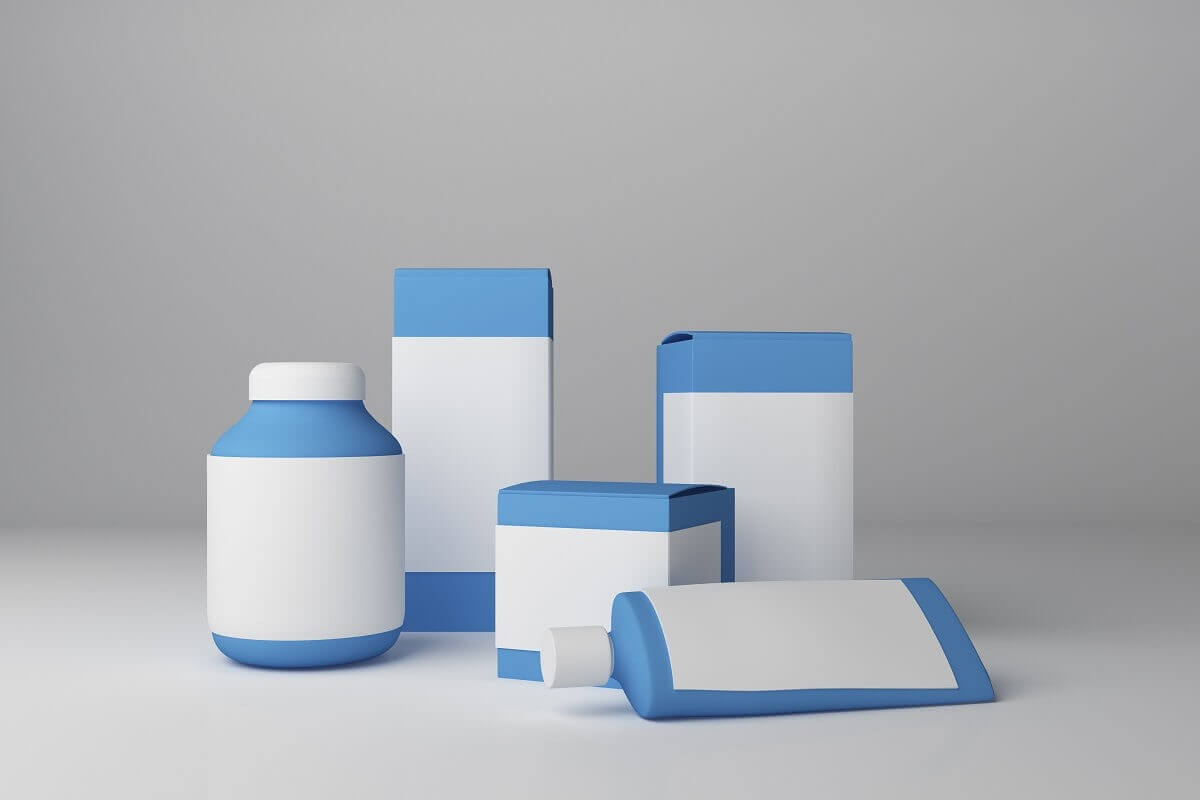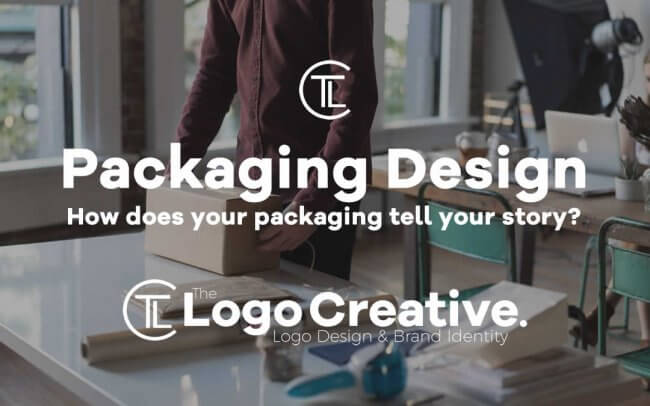Table of Contents
It’s not just what’s inside that counts / Why your brand’s packaging is just as important as what’s inside
Not simply for protection or shipping purposes, your product’s packaging has a much, much more important purpose: to communicate who you are, what you stand for and what it means to your customer. In essence – your brand’s story. Read on to find out How does your packaging tell your story?
With around 85% of new products failing every year, and millions of products in shops and supermarkets worldwide, it’s clear to see that this competition forces the need for market differentiation. It’s not rocket science – customers prefer recognisable brands, either those whose advantages they’re already aware of or ones they can clearly see from packaging, in order to help aid them in their purchasing decisions. Simply put, stories bring brands to life, giving them a personality that connects with an audience.

With products themselves and the design of their packaging now becoming one and the same, getting it right is crucial if you want people to choose your product above your competitors. Creating a strong brand identity needs a great story in order to engage your ideal audience. So, how does your packaging affect your brand story? We tell you all.
What is the importance of brand storytelling through packaging?
In the modern world, nearly everything requires packaging. Without it, our food would spoil, our products would break, and smaller parts would be easily lost. Not only is packaging the first impressions your customers have of your brand or product, but it helps to highlight your brand goals and identity, too.
Think Tiffany & Co, Coca-Cola or Heinz Ketchup. For most, these products are made iconic, and instantly recognisable, by their packaging much more than their contents. It’s clear to see that integrating your storytelling into your products’ design and packaging influences consumer perception, and therefore the likelihood of them choosing your product over another.
Customers are now looking for a real sense of branding, depth of character and sincerity when purchasing products, and this starts with a great brand story.
So, how do you do it?
Consider your audience
Before anything else, think about who it is you’re trying to target and where these consumers will be making a purchase. Depending on where your product is likely to be sold will impact the packaging, along with what it is you include. For example, a product that will sit on a supermarket shelf will need to be more concise and impactful than those sold at a health or farm shop, where customers are more interested in a brands’ backstory and values.
Figure out what you want your customers to feel
Storytelling is a fundamentally human action – stories are told, passed down through generations and shared with friends, family, colleagues and even strangers. Highlighting the story behind your brand, therefore, helps to show your human side, along with your values and principles.
It’s a well-known fact that many consumers appreciate stories with more depth and authenticity. The best brands are those who can make their customers, with just a single look at their packaging, feel the vibe of that business.
Pay attention to colour
Colour has such a huge impact on packaging and shouldn’t be ignored but, not only do colours mean different things depending on the country or culture, they can also help to elicit different responses in your consumers.
For example, a brand looking to tap into Chinese consumers looking for a celebratory product might opt for red, which symbolises good fortune, while those businesses who want to emphasise their natural ingredients or ethical sourcing are more likely to use a combination of greens and other natural colours.
Similarly, imagery plays a huge part in eliciting feelings in customers. Best practices are to include imagery that makes customers think of activities or places whereby they can enjoy the product, such as mountains and streams for beer, or a cosy house for hot chocolate. er, all colours and imagery can convey these feelings much faster than words can.
Look at the bigger picture
Having cohesive packaging, along with a strong and consistent story, can make a huge difference in the perception towards your brand. After all, no-one wants to purchase from an unclear business with no real direction. The materials you choose also plays a part in this and act as an extension of your brand itself.
For example, businesses who want to emphasise their sustainable sourcing should opt for a packaging that is eco-friendlier, and better reflects these ideals such as paper-based corrugated cardboard.
Similarly, considering how your packaging will be created, along with how it will be transported and what impact you’re hoping to make, will influence your material choice. Investing in a box making machine can go a huge way towards ensuring your brand stays consistent with its packaging, along with helping to cut the costs of unused materials. This is because box making machines create packaging on demand, making it a cost-effective, and environmentally friendly option for businesses.
Consider the product itself
There is a good reason there are accepted norms for every product – toothpaste comes in tubes and hand soap is pumped, while sauces are, generally, squeezed – because it works. Packaging should be created for a particular product only, trying to tick too many boxes can mean that your packaging doesn’t compliment your product, making it more difficult to use, causing sales to decline.

Author Bio
Barry Tabor is the Managing Director of British Converting Solutions, a leading manufacturer in the box making and packaging industry. They supply businesses worldwide with a range of specialist machinery and products to help maximise business efficiency and won the Queen’s award for enterprise for international trade in 2016.

